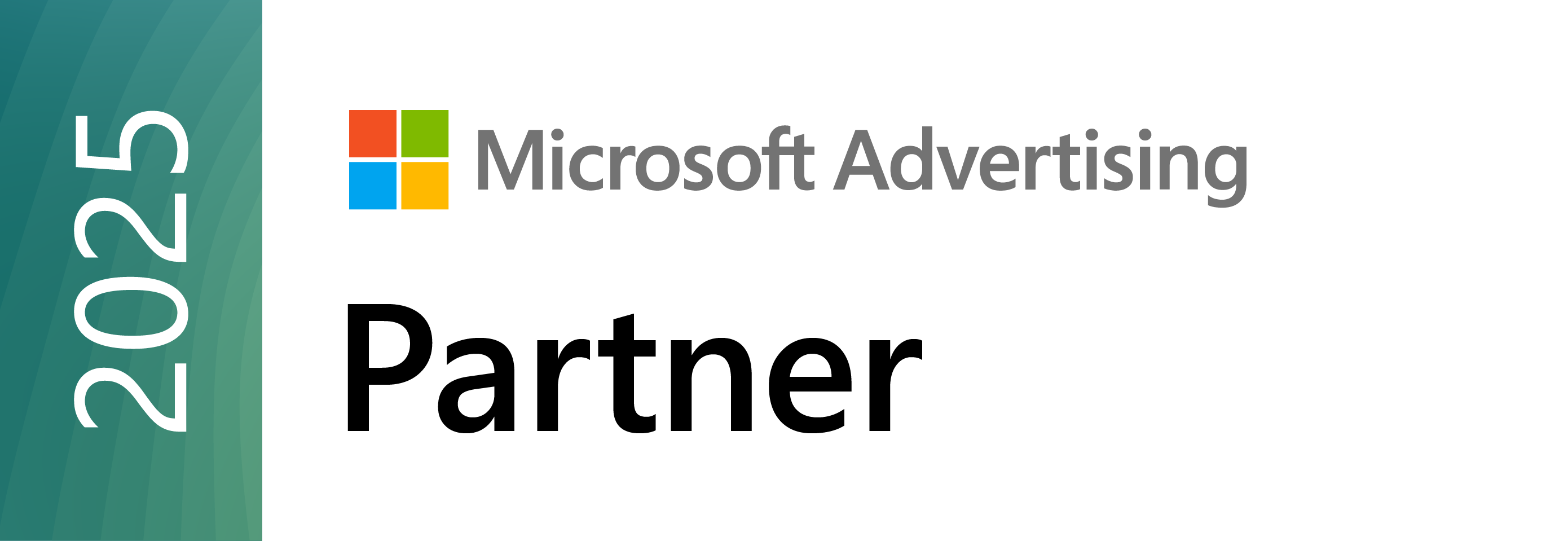
The world was thrown into remote work in 2020 with the onset of COVID-19. Offices were shut down, and companies across the globe had no choice but to figure it out on the spot.
But at Oodle, we were working remotely well before it was cool … er, forced. In fact, we started moving toward remote work back in 2017. Several of our employees went remote at that time, and we started shifting the entire company that direction.
“We got there faster than the rest of the market because we wanted to. It wasn’t if, but when,” said Oodle partner Mark Hughes.
Here’s what we learned along the way:
Our shift to remote work happened organically. We got more and more liberal with our policy, and people naturally started coming in less and less.
We based our official switch on our lease, but if our lease had been up earlier, we would have made the jump sooner, because our office essentially became a ghost town. On any given day, maybe 15% of the staff would be in.
Especially if you have a smaller team, you need to be really intentional about when people need to be in the office. If you’re going to be all-in, great. If you’re going to be all-out, great. If you’re going for a hybrid model, great – but make sure people are in the office on the same day or lease a smaller space and use a desk-reservation system. It’s really deflating to walk onto a floor with 100 desks and see that only 10 of them are filled.
Our advice to you: Make a decision sooner than later. Have a clear plan to get where you want, and stick to it.
Sure, going remote will save you money on rent. But that money shouldn’t go into your pocket – it should go toward making remote work comfortable for your employees.
A few of the perks we offer at Oodle:
You also need to be intentional about making up for the lack of in-person interaction among your employees. They won’t be bumping into each other at the water cooler, so you have to give them other ways to connect.
Maybe that’s dedicated slack channels for jokes or pictures of kids and pets.
At Oodle, we offer a health and wellness program called Oodle Flex. There’s a monthly focus, with prizes based on participation, and it gets employees who wouldn’t normally interact talking together about specific topics like exercising or drinking enough water.
Remote work is going to come with challenges, and you need to decide how you as a company are going to handle them. You need to create your framework and write it down so everyone is on the same page.
For example: How do you handle time zones? A 9 a.m. meeting on the East Coast is 6 a.m. on the West Coast, so when are your employees expected to be available for meetings and calls?
Some companies establish a core time zone, and everyone – no matter where they live – functions on that work schedule.
Other companies cluster people who live in the same time zone so they’re working together often.
At agencies, it’s often based on the client. Their schedule is your schedule.
Whatever you decide, you need to make sure your rules are clear, evenly applied and written down.
“In lieu of fact, people fill in with opinion,” said Oodle partner Ryan Hughes. “So companies can benefit themselves by just communicating clearly what their policies are so people don’t just assume it’s going to be one way or the other.”
Different people thrive in different work situations. Maybe you’re itching to get back to the office. Maybe you love remote work and have vowed to never again put on a pair of real pants.
We think there’s room for all types of work in the future (in-person, hybrid and remote), and there are pros and cons to each method, too. The key, if you’re the decision-maker for your company, is to talk to your people. Find out what they want. Find out what they need. And go from there.
Get marketing insights that actually move the needle — directly in your inbox.



